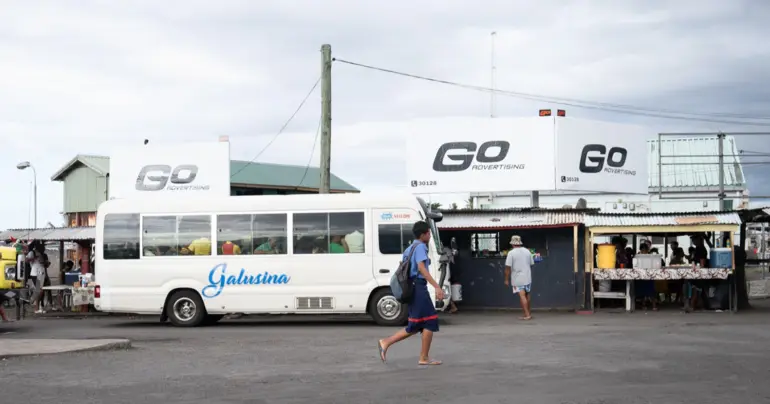Get more women in workforce to counter slowing growth
As the Pacific region braces for a sharp economic slowdown in 2025, Samoa is among the countries being urged to seize a major opportunity, increasing women’s participation in the workforce as economic growth is slowing across the Pacific.
According to the World Bank’s newly released Pacific Economic Update, Pacific countries face weak global growth, natural hazards and climate-related shocks. The World Bank’s flagship Pacific Economic Update projects regional growth to fall to 2.6 per cent in 2025, down from 5.5 per cent in 2023.
The report calls for a more inclusive labour market that could help buffer against economic shocks and boost Samoa’s long-term growth potential.
The report suggested that Pacific countries are contending with the lingering effects of the COVID-19 pandemic, weakening tourism, rising global uncertainty, and frequent climate-related disruptions.
For countries like Samoa, where the economy is heavily reliant on remittances and tourism, the drop in growth is expected to be even steeper, with estimates showing output could halve between 2024 and 2025.
While inflation is expected to ease to 3.6 per cent in 2025, the cost of living remains high. In Samoa, households are still grappling with elevated food and fuel prices, which continue to erode purchasing power.
The country’s dependence on imports and foreign aid also makes it vulnerable to external pressures and funding volatility.
However, amid these economic headwinds, the World Bank report identifies a clear path forward: empowering women to participate fully in the workforce.
Across the Pacific, only 42.7 per cent of working-age women are engaged in the labour market, more than 15 percentage points lower than men. Closing this gap, the report says, could increase GDP per capita by more than 20 per cent on average.
For Samoa, where traditional gender roles and limited childcare options often restrict women’s access to formal employment, this could be transformative.
“While Pacific nations can’t control global shocks, there is an opportunity to build stronger domestic foundations,” said Ekaterine Vashakmadze, Senior Economist at the World Bank.
“Real economic resilience will come from addressing these long-standing challenges through structural reforms. Engaging more women in work is one of the highest-impact reforms Pacific governments can pursue.”
In Samoa and across the region, the barriers holding women back from full economic participation include a lack of paid maternity leave, limited childcare services, and workplace cultures that fail to support gender equity. Even in sectors where women are highly educated, such as health or education, they are underrepresented in leadership and technical roles.
One of the report’s major concerns is the energy sector, which is central to the Pacific’s climate goals but remains highly male-dominated.
Women make up just 5 per cent of technical roles in the Pacific’s energy industry. In response, the World Bank’s Pacific Women in Power program, in partnership with the Pacific Power Association, is working to support utilities across the region, including Samoa’s EPC; in adopting gender-inclusive practices, improving safety, and offering mentorship and career pathways for young women.
“Utilities across the Pacific are stepping up, not just because it’s the right thing to do, but because a stronger, more resilient energy sector depends on it,” said Helle Buchhave, World Bank Senior Social Development Specialist.
For Samoa, the message is clear: building resilience in an uncertain world means not just surviving economic shocks but transforming society from within. As global conditions fluctuate, the time has come for Samoa to unlock the full potential of its people, especially its women.
The Pacific Economic Update is released twice a year and covers 11 countries including Samoa, Fiji, Tonga, Solomon Islands, and Vanuatu. The full report can be accessed through the World Bank’s Pacific publications platform.











